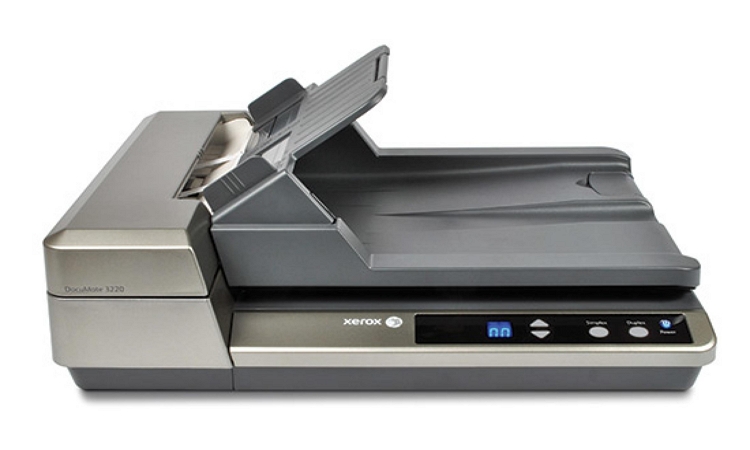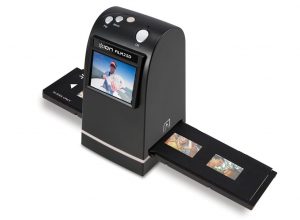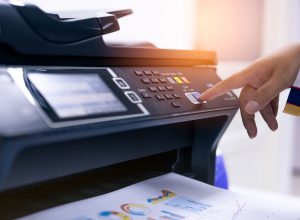Contents
Understanding Scanner Types for Image Digitization
When choosing between flatbed and sheetfed scanners for image digitization, several key factors determine which technology better suits specific scanning needs. Both types offer distinct advantages and limitations that directly impact scanning quality, efficiency, and usability.
Flatbed Scanner Capabilities
Flatbed scanners feature a glass platen where documents lay flat during scanning. These devices excel at handling bound materials, fragile documents, and three-dimensional objects. They typically offer superior resolution capabilities, often reaching up to 6400 dpi or higher, making them ideal for high-quality photo reproduction and artwork digitization. The adjustable focus depth allows for scanning thick materials and even small objects with remarkable clarity.
Sheetfed Scanner Advantages
Sheetfed scanners utilize an automatic document feeder (ADF) mechanism, enabling rapid processing of multiple pages. These devices can achieve scanning speeds of 20-60 pages per minute, making them efficient for high-volume document digitization. Modern sheetfed scanners incorporate dual-scanning technology, capturing both sides of a document simultaneously, though typically with resolution limits around 600-1200 dpi.
| Feature | Flatbed Scanner | Sheetfed Scanner |
|---|---|---|
| Resolution Range | 2400-6400 dpi | 600-1200 dpi |
| Speed | 30-60 seconds per page | 20-60 pages per minute |
| Material Handling | Flexible, handles bound/fragile items | Limited to loose sheets |
| Space Requirements | Larger footprint | Compact design |
Technical Considerations
Image quality depends heavily on the scanner’s optical resolution, color depth, and dynamic range. Flatbed scanners typically offer 48-bit color depth and optical densities up to 4.0 Dmax, while sheetfed models generally provide 24-bit color and 3.0 Dmax. These specifications directly influence the scanner’s ability to capture subtle color variations and shadow details in photographs and artwork.
Application-Specific Selection
The choice between flatbed and sheetfed scanners should align with specific digitization requirements. Archival projects requiring high-fidelity reproduction of photographs or artwork benefit from flatbed scanners’ superior image quality. Conversely, business environments processing large volumes of standard documents find greater efficiency with sheetfed systems. Organizations often deploy both technologies to address diverse scanning needs effectively.
Flatbed Scanner Technology
Flatbed scanners utilize a glass plate where documents or objects are placed face-down. The scanning mechanism moves underneath the glass, capturing the image through a series of light-sensitive sensors. This design allows for versatile scanning capabilities.
Key Advantages of Flatbed Scanners
The glass plate design offers exceptional versatility for scanning various materials. Users can digitize bound books, fragile documents, and three-dimensional objects. The stationary scanning surface provides better control over material positioning, crucial for precise image capture.
Technical Specifications
Most flatbed scanners offer resolutions ranging from 2400 to 6400 dpi, providing superior image quality for detailed reproduction. The larger scanning area, typically up to A3 size, accommodates various document dimensions.
Sheetfed Scanner Technology
Sheetfed scanners employ an automatic document feeding mechanism where papers pass through scanning sensors. This design prioritizes speed and efficiency for high-volume document processing.
Key Advantages of Sheetfed Scanners
The automatic feeding mechanism enables rapid scanning of multiple pages, making these scanners ideal for batch processing. Modern sheetfed scanners can handle 20-60 pages per minute, significantly reducing processing time for large documents.
| Feature | Flatbed Scanner | Sheetfed Scanner |
|---|---|---|
| Scanning Speed | 30-60 seconds per page | 1-3 seconds per page |
| Material Flexibility | High (books, 3D objects) | Limited (loose sheets only) |
| Resolution Range | 2400-6400 dpi | 600-1200 dpi |
| Space Requirements | Larger footprint | Compact design |
Optimal Use Cases
Flatbed scanners excel in environments requiring high-quality image reproduction, such as photography studios, archives, and museums. Their ability to handle delicate materials and maintain image fidelity makes them ideal for preserving historical documents and artwork.
Sheetfed scanners perform best in business environments where rapid document processing is essential. They efficiently handle standard paper documents, business cards, and forms, making them suitable for office automation and document management systems.
Making the Right Choice
For image digitization specifically, flatbed scanners generally provide superior results due to their higher resolution capabilities and versatile scanning surface. The ability to precisely position materials and control scanning parameters results in better image quality, particularly for photographs and detailed graphics.
However, if the primary requirement involves scanning large volumes of standard documents with occasional images, a sheetfed scanner might prove more practical. Modern sheetfed scanners incorporate image enhancement features that deliver acceptable quality for most business applications.
Technical Considerations
When selecting a scanner for image digitization, consider these technical specifications:
- Optical Resolution: Higher is better for detailed image reproduction
- Color Depth: 48-bit color capability ensures accurate color reproduction
- Dynamic Range: Wider range captures better shadow and highlight details
- Interface Speed: USB 3.0 or higher enables faster data transfer
Final Verdict
For dedicated image digitization, flatbed scanners emerge as the superior choice. Their combination of high resolution, versatile scanning capabilities, and precise control over the scanning process delivers optimal results for image quality and accuracy. However, organizations requiring both document and image scanning might benefit from maintaining both types of scanners for maximum efficiency.






